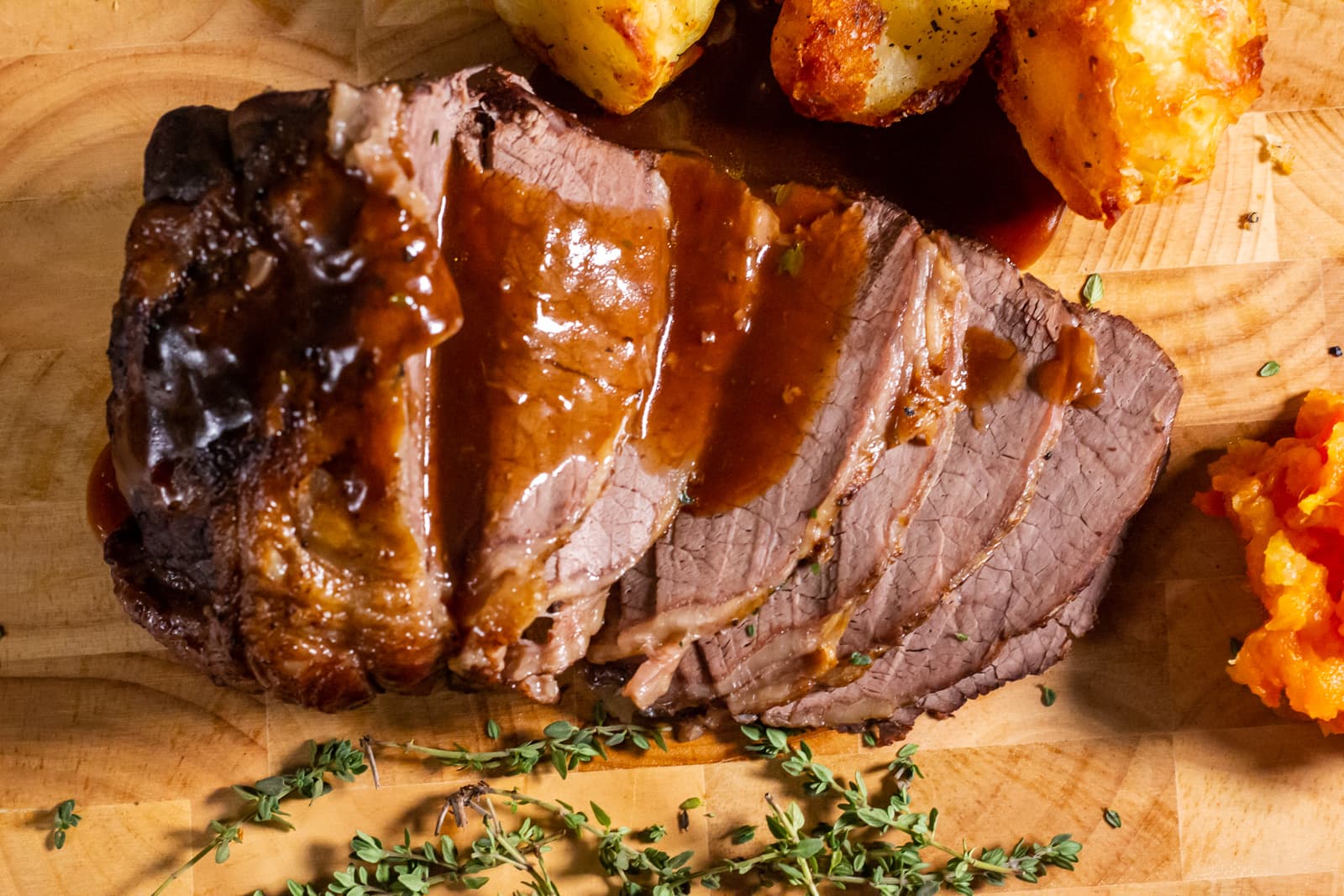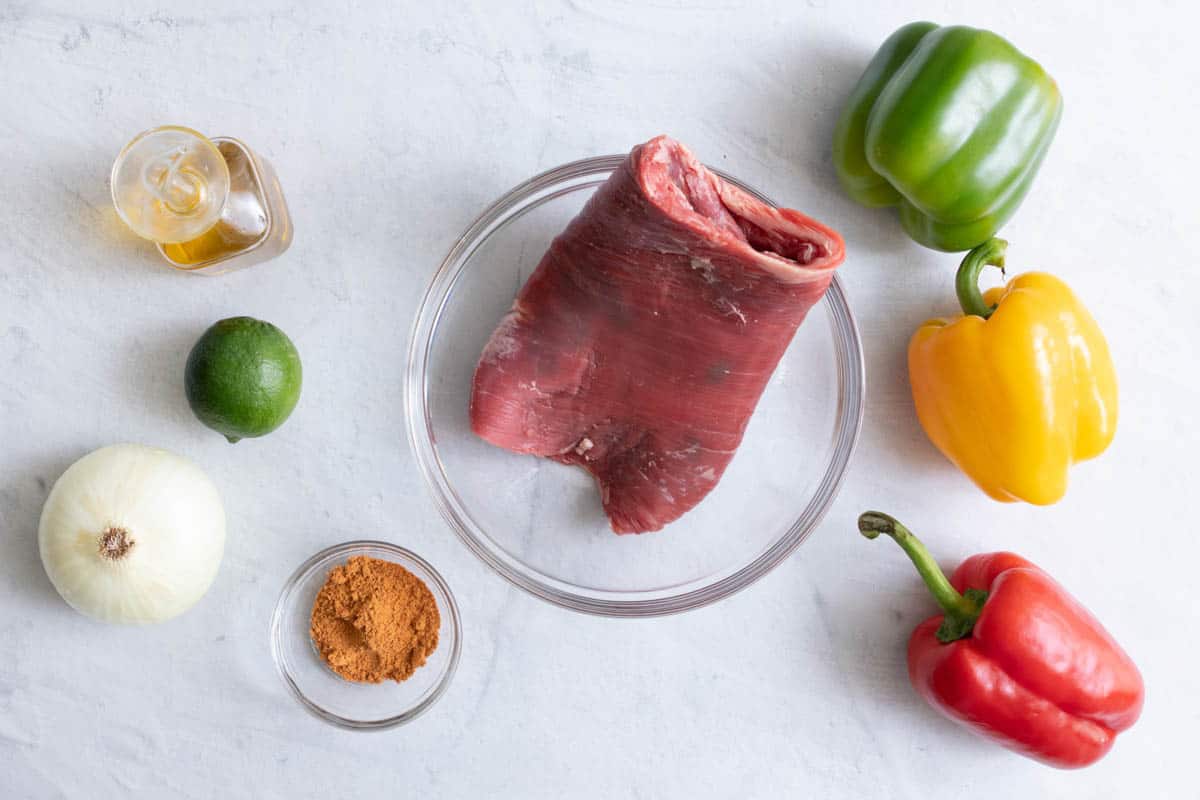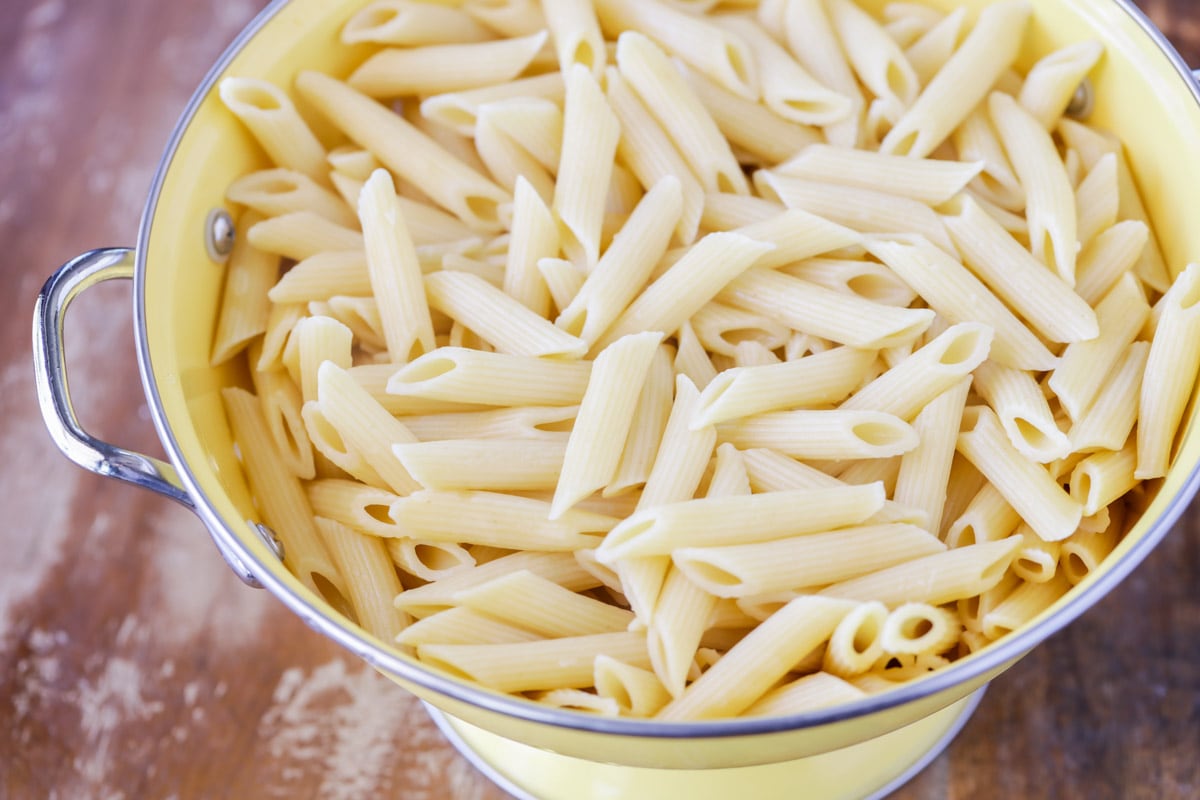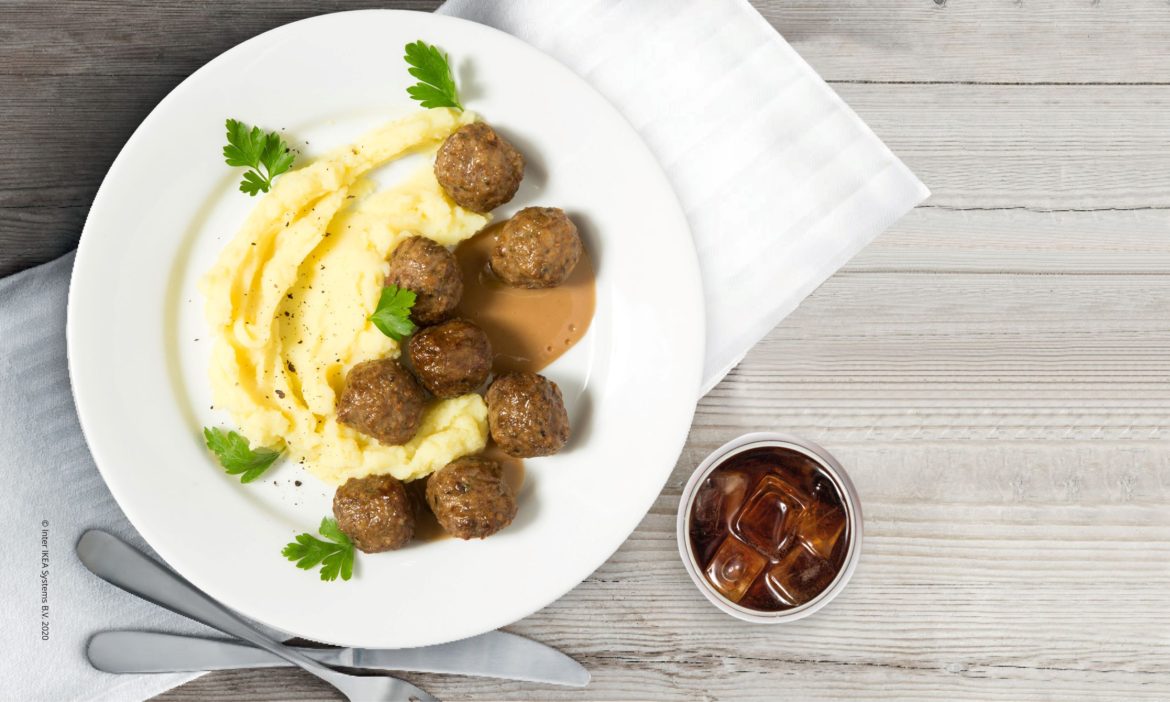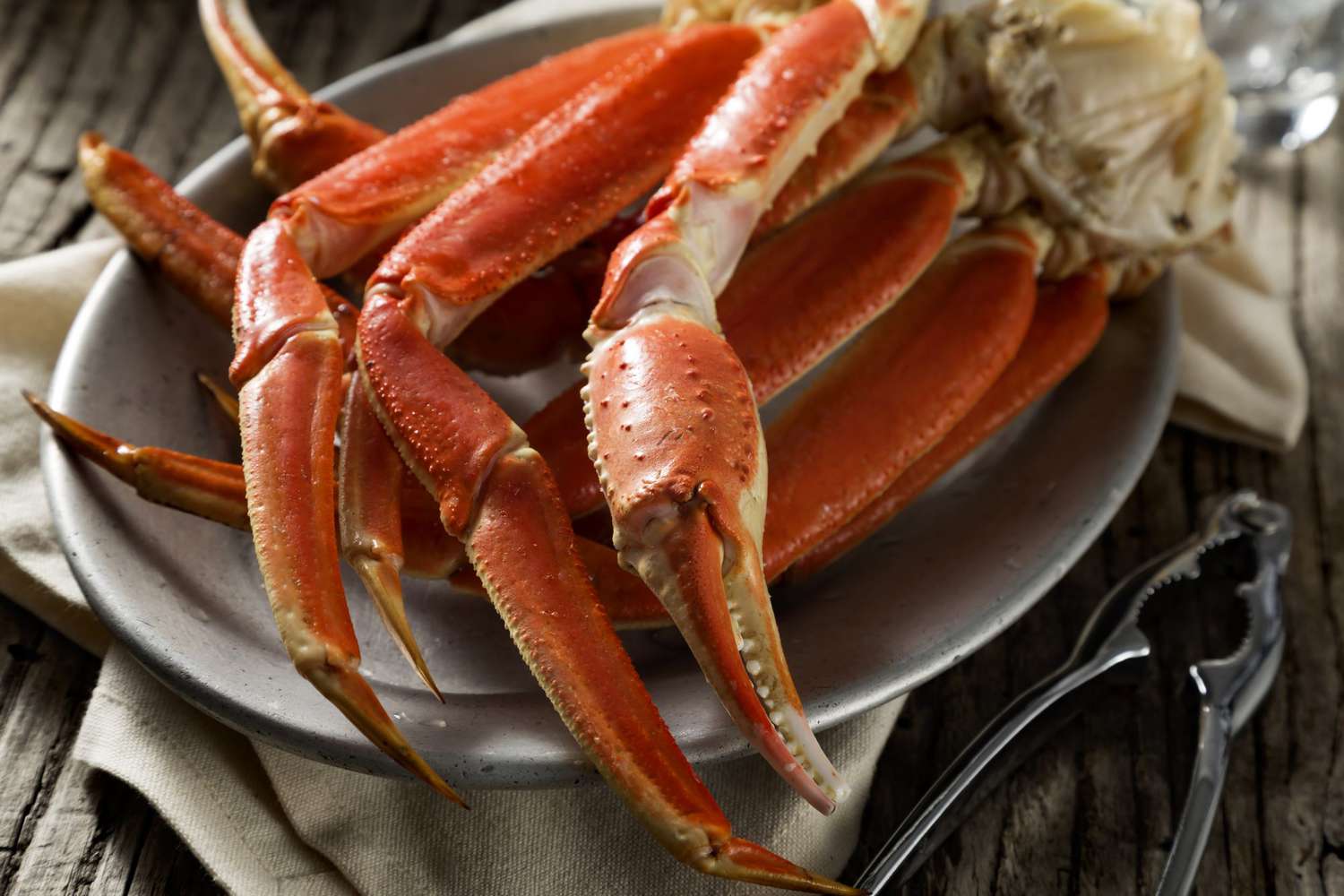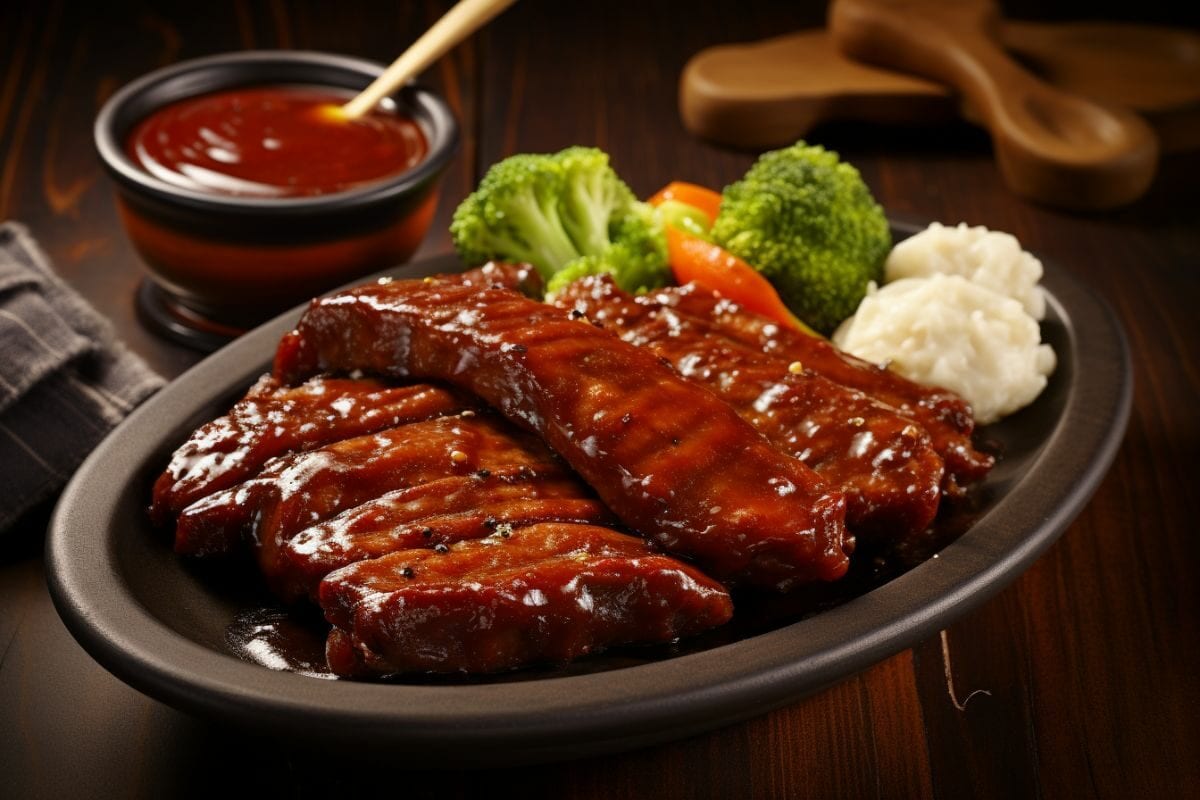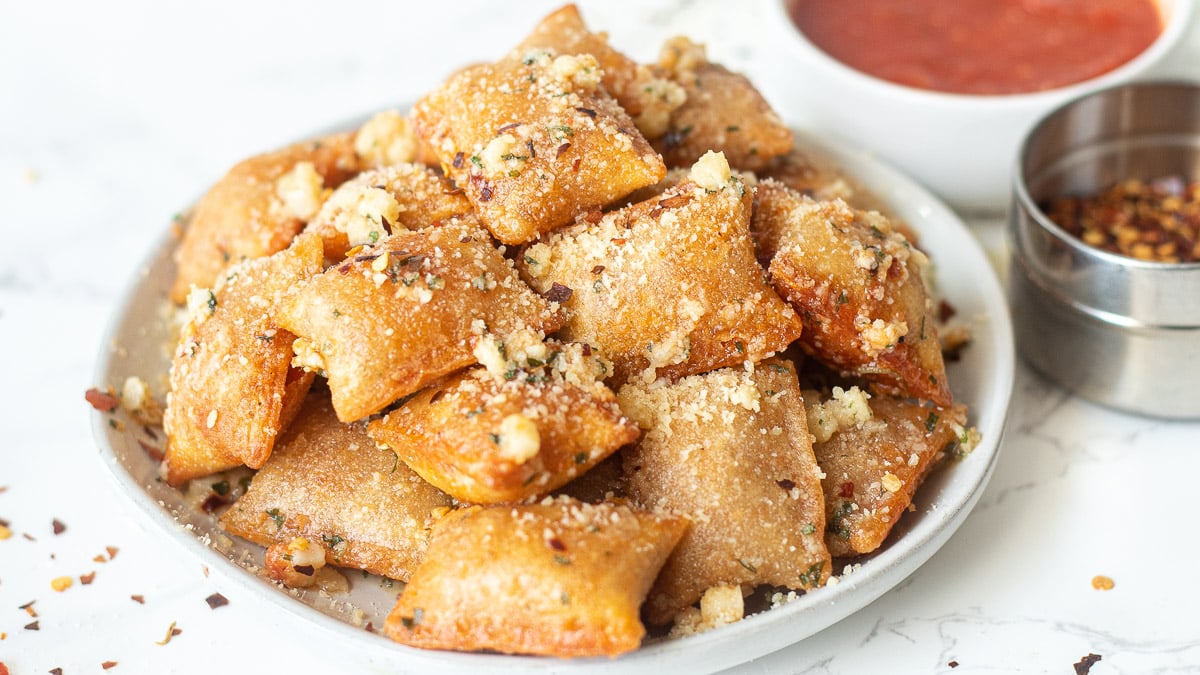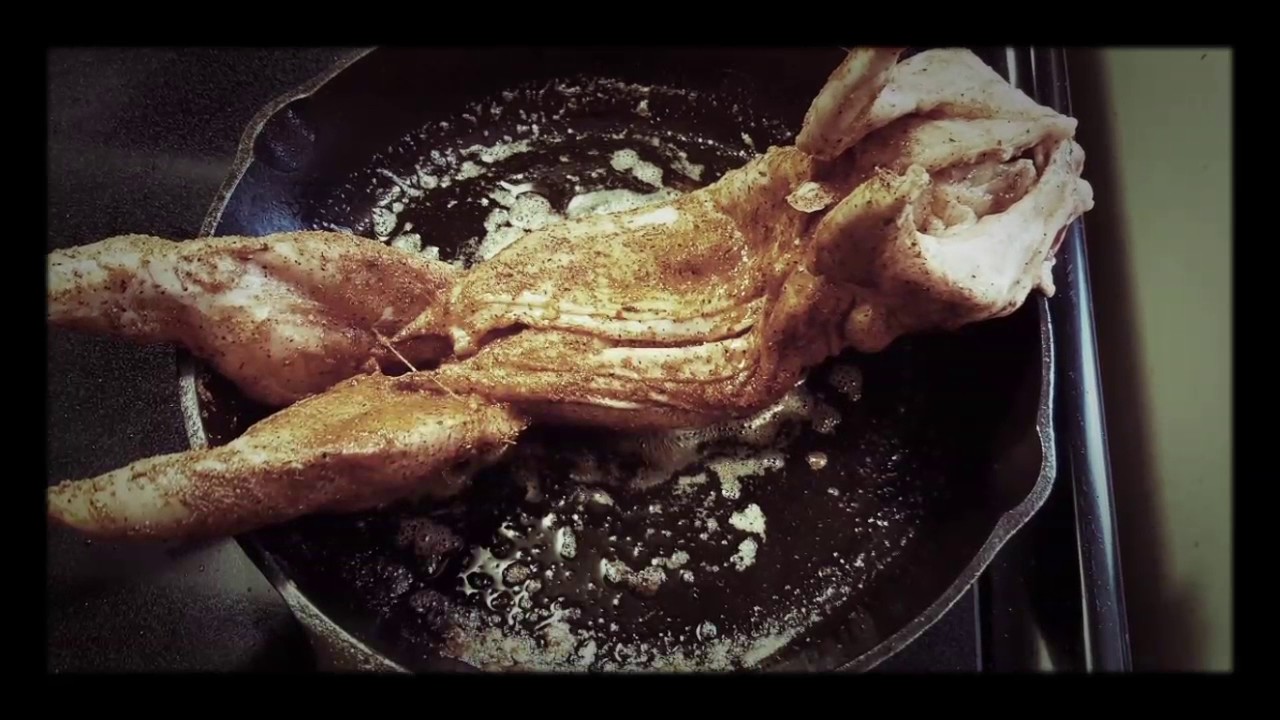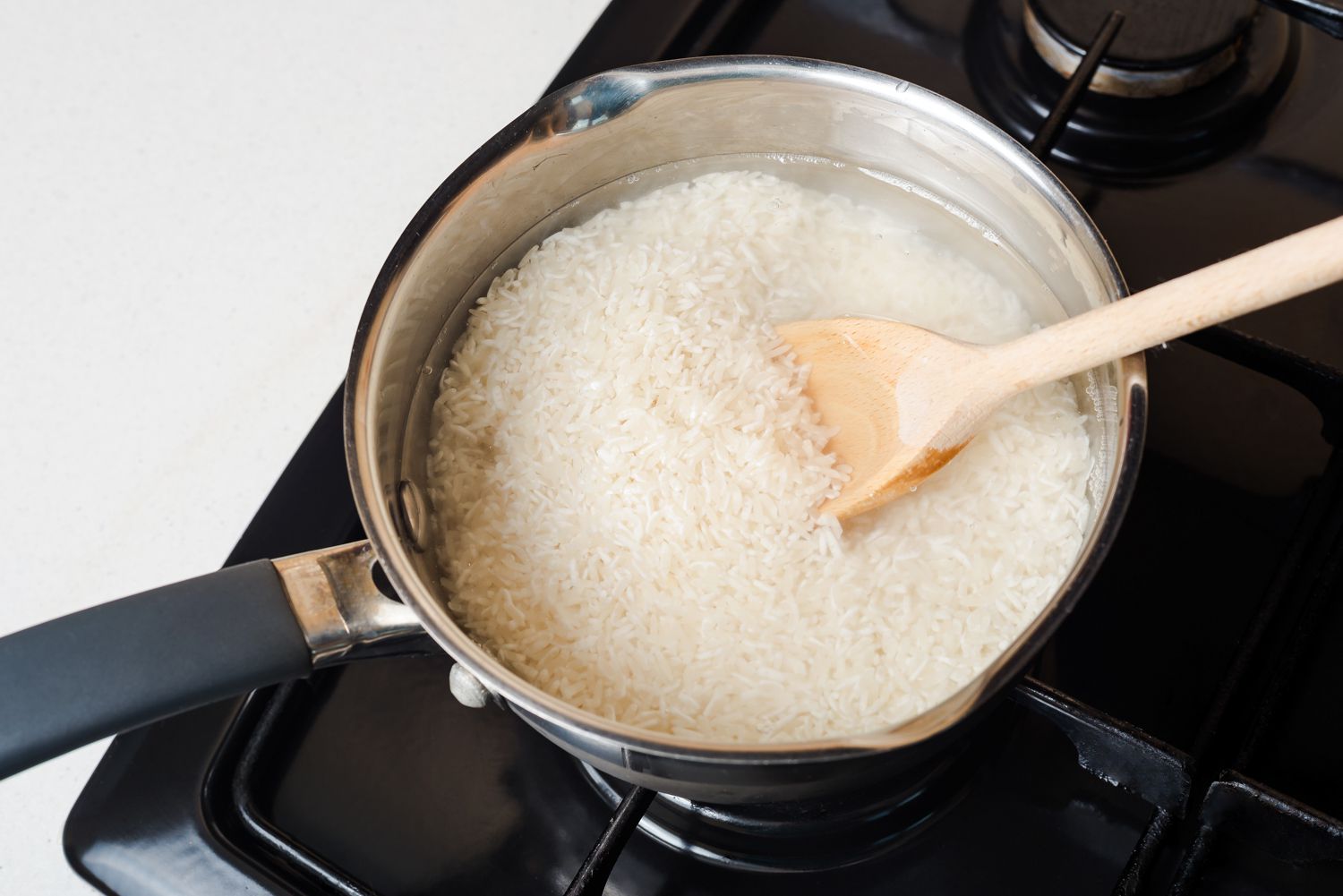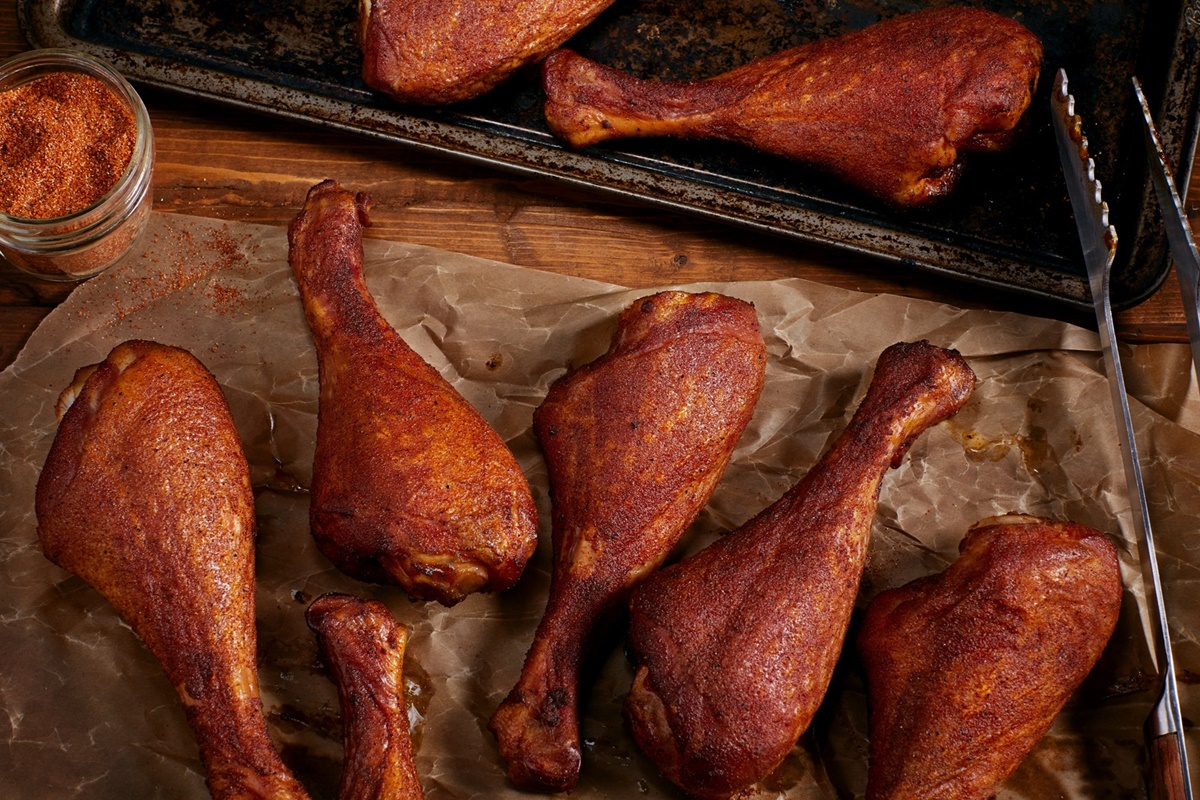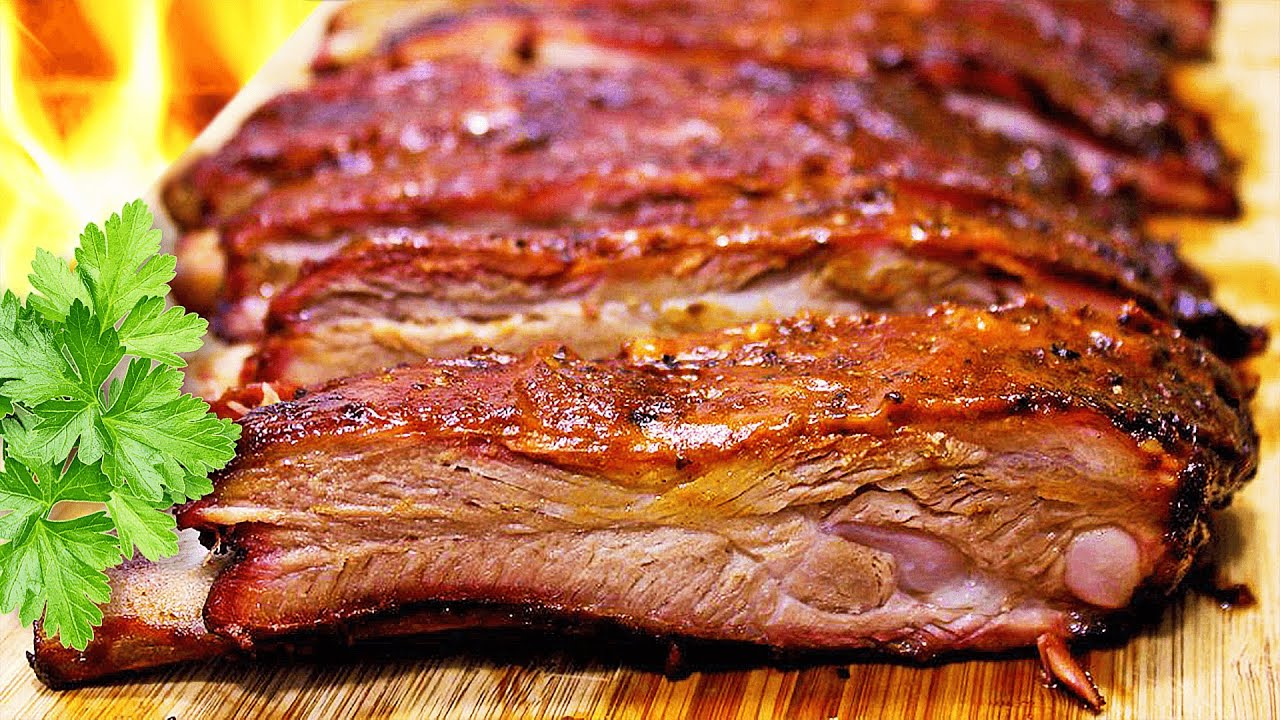Delicious and Nutritious Beef Chunks for Your Furry Friend
We all love to treat our beloved dogs with tasty and healthy meals. While there are many options available, nothing beats the satisfaction of cooking a delicious homemade meal for your furry friend. In this article, we’ll guide you through the process of cooking beef chunks that are sure to make your dog’s tail wag with joy!
Why Choose Beef for Your Dog?
Beef is an excellent source of protein and essential nutrients for dogs. It provides them with the energy they need to stay active and maintain a healthy lifestyle. Moreover, beef is rich in vitamins such as B12 and minerals like iron and zinc, which are important for a strong immune system and overall wellbeing.
Now, let’s get started on preparing those mouthwatering beef chunks!
Step 1: Choosing the Right Cut
When it comes to selecting beef for your dog, opt for lean cuts such as sirloin, top round, or eye of round. These cuts have less fat content, making them healthier for your pup. Trim away any excess fat and remove the bones to ensure the safety of your dog while enjoying the meal.
Step 2: Preparing the Beef Chunks
Cut the beef into bite-sized chunks, approximately 1-inch in diameter. This size is ideal for easy chewing and digestion. Be sure to use a clean cutting board and sharp knife for a smooth and precise cut.
Step 3: Cooking Options
Now it’s time to cook those delectable beef chunks! You have a few options to choose from:
- Boiling: Place the beef chunks in a pot, add enough water to cover them, and bring to a boil. Reduce the heat and let them simmer until the meat is cooked through, usually around 10-15 minutes. Remember to let it cool before serving it to your dog.
- Baking: Preheat your oven to 350°F (175°C). Spread the beef chunks on a baking sheet lined with parchment paper and bake for around 20 minutes or until fully cooked. Allow them to cool before serving.
- Grilling: Fire up the grill and cook the beef chunks for a few minutes on each side until they reach the desired level of doneness. Make sure to let them cool down before offering them to your four-legged companion.
Serving Suggestions
Now that your delicious beef chunks are ready, it’s time to serve them up in a way that will make your dog’s taste buds tingle!
- Mix the beef chunks with your dog’s regular dry food to add a boost of flavor.
- Create a homemade beef and vegetable stew by combining the beef chunks with cooked vegetables like carrots and peas.
- For an icy treat, freeze the beef chunks in a Kong toy or ice cube tray with water or low-sodium broth.
Remember, portion control is important to maintain a balanced diet for your dog. Adjust the serving size of the beef chunks based on your dog’s size, age, and activity level.
Conclusion
By following these simple steps, you can prepare delicious and nutritious beef chunks for your canine companion. Homemade meals not only provide your dog with a wholesome and flavorful dining experience but also allow you to ensure the quality of ingredients used. Your furry friend will appreciate the effort, and you’ll have the satisfaction of knowing exactly what goes into their meals. So, grab that apron, get cooking, and watch as your dog devours those tasty beef chunks!
More Recipes and Ways to Use This Guide
For those looking to enhance their dog's diet with nutritious, homemade meals, the recipes listed offer a variety of choices tailored for canine nutrition and taste preferences. The Beef and Vegetable Stew for Dogs is a must-try, providing a balanced mix of protein and vegetables, ideal for everyday feeding. Another highly recommended recipe is the Slow Cooker Savory Beef Casserole for Dogs, perfect for busy pet owners who want to prepare meals in advance. For special occasions or a treat, the Holiday Beef and Cranberry Delight for Dogs adds a festive touch to your dog's meal, combining the rich flavors of beef with the sweet tang of cranberries.
Was this page helpful?
Read Next: How To Cook Steak In Ninja Dual Air Fryer
